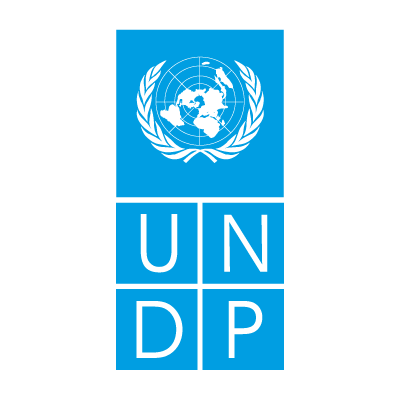
KNOWLEDGE
HUB
Case Study
Watershed and Forest Management in India
By 2011, deforestation related to unsustainable agriculture and livestock practices in India had degraded an estimated 35 million hectares of forestland and negatively impacted water table levels. To address this challenge the Government of India implemented watershed management as the main national strategy to facilitate planning, development and management of the degraded regions. Watershed and forest management in India resulted in concrete positive impacts including: implementation of restoration interventions on 45 million hectares of degraded land; reduced soil erosion, increased groundwater level and improved soil quality; increased food security by promoting perennial crop growth; increased income and expansion of income opportunities (e.g., poultry farming and other small businesses); and improved quality of life for women due to reduced burden of water and fuel wood gathering. Key actions and good practices supporting successful watershed and forest management in India profiled in this report are highlighted below.
- Government led national watershed development guidelines established clear land management protocols (grazing bans, horticulture, etc.), based on the topography of the degraded forestland. In addition, the Government developed a “national mission” to enable the work and send a high-level signal regarding the importance of watershed management.
- Non-governmental organizations (NGOs) facilitated promotion of the national mission and guidelines through outreach, capacity building, and implementation of various social and environmental projects. In addition NGO’s worked with communities to address concerns related to projects and increase local participation.
- An emphasis on community participation allowed for engagement of local farmers to support beneficial outcomes.
- Village community groups consisting of female self-help groups, user groups and watershed committees supported institutional coordination, peer-to-peer learning, and project implementation.
- Government of India, donor, and corporate funding directly to watershed activities and through NGOs enabled project implementation.
Institutions Involved
- Government of India
- Non-governmental organizations
- Village community groups
- Female self-help groups
- User groups
- Watershed communities
- Swiss Agency for Development and Corporation



